
Table of Contents:
1. Introduction
2. #1. Embrace Native Plants
3. #2. Create a Compost Bin
4. #3. Practice Organic Lawn Care
5. #4. Implement Mulching Techniques
6. #5. Encourage Pollinators
7. #6. Consider Rainwater Harvesting
8. #7. Aeration and Healthier Soil
9. #8. Go for Natural Lawn Weed Control
10. #9. Use Organic Lawn Fertilizers
11. #10. Optimize Lawn Care with the Most Trusted Lawn Maintenance companies Winnipeg Has to Offer
12. Conclusion
1. Introduction:
In a world increasingly aware of the impacts of climate, pollution, and biodiversity loss, being eco-friendly is more than just a trend; it is a vital part of how we ought to live and interact with our environment. One of the simplest and most rewarding ways to make a difference is to transform your yard into a sustainable oasis that benefits not just you but the surrounding ecosystem as well. Whether you're a green-fingered expert or someone who just wants a nice patch of grass to enjoy, there are countless small actions you can take that add up to significant environmental benefits.
Imagine walking into your yard and feeling the rustle of plants that flutter with life—the sound of bees humming, butterflies dancing, and birds chirping. This isn't just a dream; it can be your reality with some thoughtful attention and care! This guide will explore the top 10 eco-friendly things you can do in your yard that not only enhance its beauty but also make a substantial positive impact on the environment. From selecting native plants that flourish effortlessly to creating nutrient-rich compost from kitchen scraps, these are actionable, easy steps that anyone can implement.
Plan to be surprised by the amount of fun you can have while learning to connect with nature. Not only will you feel a sense of accomplishment, but you’ll likely find joy in these eco-friendly practices as they bring vibrancy and a sense of peace into your outdoor space. Let’s get started on this journey to a greener future—one yard at a time!
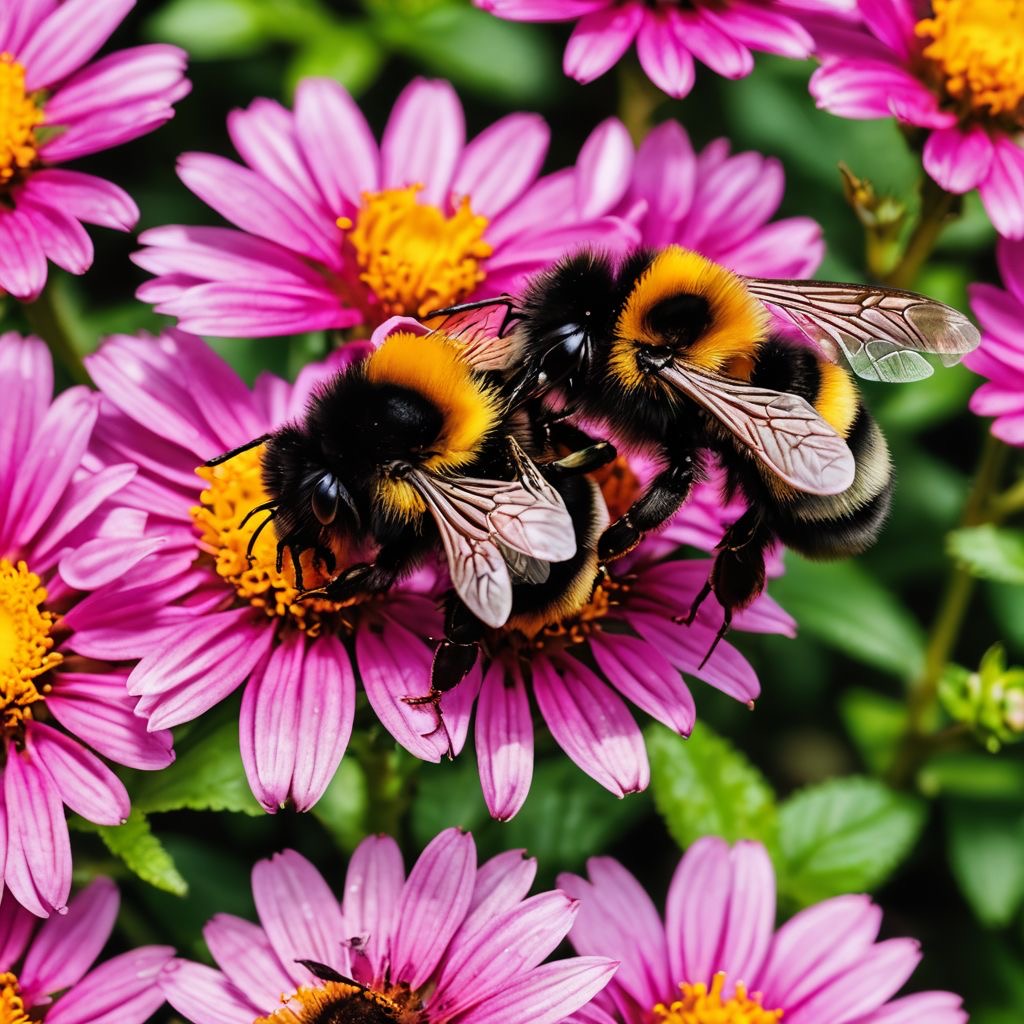
2. #1 Embrace Native Plants:
Let’s kick this off by talking about native plants. These are the unsung heroes of the gardening world—a kind of botanical MVP (Most Valuable Plant). Choosing to fill your garden with local species is like inviting the best, most well-adapted friends to your party. They’re already equipped to thrive in your specific climate and soil conditions, meaning they will require much less fuss and care compared to non-native varieties.
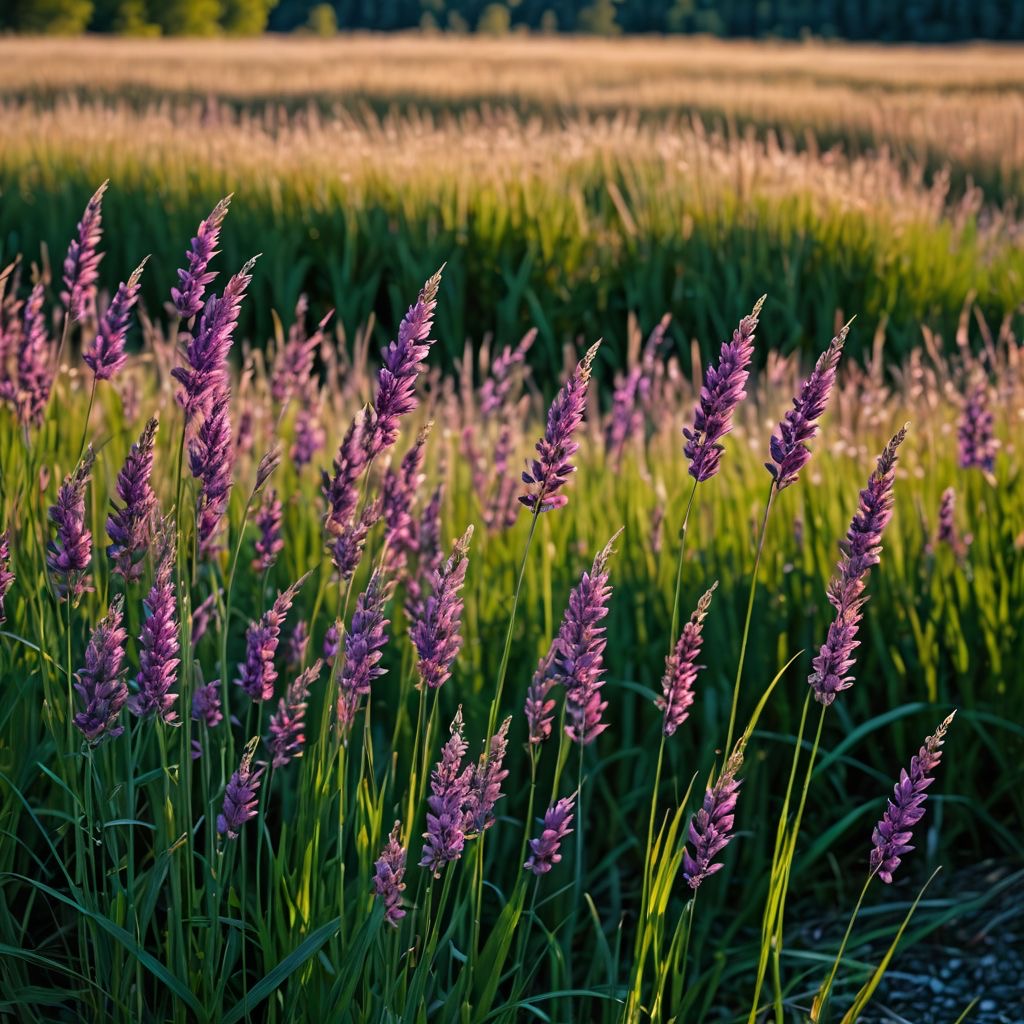
2.1 Benefits of Native Plants
- Less Water Required: Native plants are adapted to the local climate, which often means they need significantly less water once established. This is especially crucial in regions experiencing drought or water restrictions. You’ll be conserving a precious resource while still enjoying a lush landscape.
- Support for Local Wildlife: Native flora serves as food and habitat for local wildlife, including insects, birds, and mammals. Birds may flock to your feeders, butterflies will delicately land upon your flowers, and beneficial insects like ladybugs and bees will thrive—turning your yard into a bustling ecosystem.
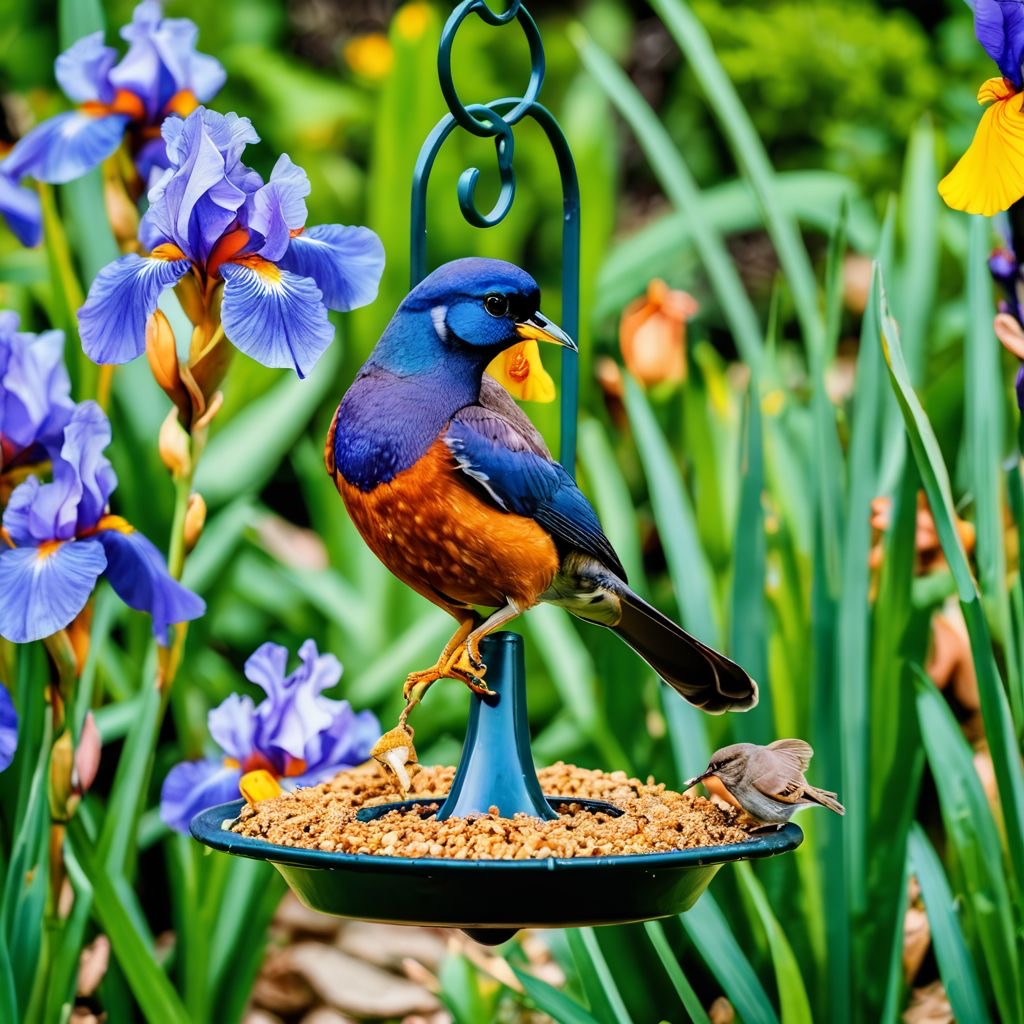
- Less Maintenance: Because they are adapted to your local environment, native plants generally require less maintenance than exotic species. You won't need to worry about constant watering, weeding, or spraying with chemicals. Plus, you may even save on gardening supplies, which means more money for fun things!
2.2 Examples of Native Plants
In Winnipeg, consider including Prairie Smoke (Geum triflorum), which dazzles in early spring, or the resilient Black-eyed Susan (Rudbeckia hirta), known for its bright, cheerful blooms. You can find comprehensive lists of native plants through local horticulture societies or conservation groups.
Stay connected to your landscape—understanding its biodiversity helps you appreciate the unique beauty of your surroundings while supporting a more sustainable environment. Let your garden tell a story of harmony with nature!
3. #2 Create a Compost Bin:
Next up in our eco-friendly toolbox is the art of composting. If you think composting is just for the serious gardener, think again! It's akin to cooking a gourmet meal for your plants—only this recipe uses kitchen scraps, yard waste, and a little love.

3.1Why Compost?
- Reduce Landfill Waste: Composting diverts organic waste from landfills, where it would produce methane—a potent greenhouse gas. By composting, you're doing your bit to reduce landfill contributions while giving waste a new life.
- Enhance Soil Quality: When you enrich your soil with compost, you’re adding a diverse range of nutrients, enhancing its structure, and allowing it to retain more water. This means healthier plants and a happier garden.
Contact us today for your free estimate.

- Feed Your Plants Naturally: Compost serves as a rich food source for your plants, providing them with everything they need to grow without relying on synthetic fertilizers.
3.2 How to Start Composting
Creating a compost bin might sound daunting, but it can be a simple project. You can either buy a compost bin from a garden center or make your own with some pallets or a repurposed garbage can. Here’s how to get started:
1. Gather Your Materials: Include vegetable peels, fruit scraps, coffee grounds, grass clippings, and dry leaves. Avoid adding meats, dairy, or oily foods, as they can attract pests.
2. Add Layers: Alternate between 'green' materials (nitrogen-rich like veggie scraps) and 'brown' materials (carbon-rich like leaves) to create a balanced mix.
3. Turn the Pile: Regularly mix the compost pile to aerate it. This helps speed up the breakdown process, turning your kitchen waste into precious compost within a few months.
4. Keep it Moist: The compost should feel damp but not soggy. If it seems dry, add some water or more green materials to moisten it.
Once the compost resembles dark, crumbly soil, it’s ready to be spread in your garden. Watch as your plants thrive, fueled by the goodness of compost!
3.3 Tackling the Skepticism
Some might hesitate to start composting thinking it will lead to unpleasant odors or pests. However, with a little knowledge, you can avoid those pitfalls. A well-maintained compost pile should have a pleasant earthy smell. If it starts to stink, it usually means there’s an imbalance between greens and browns. Your nose will guide you!
Transform your Winnipeg yard with Sunshine Maintenance & Landscaping
4. #3 Practice Organic Lawn Care:
When it comes to maintaining your lawn, an organic lawn care approach is the way to go. Imagine nurturing your yard like you would a baby: gently, mindfully, and with a focus on natural growth. Organic practices shield your landscape from toxic chemicals and promote a healthier environment.
4.1 Why Go Organic?

- Safer for Pets and Kids: Opting for organic means you won’t be applying harmful chemicals that could endanger children playing in the garden or pets exploring their territory. It’s a win for both the family and the local wildlife.
- Healthier Soil: Organic practices foster a balanced ecosystem in the soil, promoting microbial activity that helps combat pests naturally and supports strong, healthy plants.
- Cost-Effective: Once established, an organic lawn requires fewer inputs, which can lead to savings on fertilizers and pest control products over time.
Contact us today for your free estimate.
4.2 How to Practice Organic Lawn Care
1. Choose Organic Fertilizers: Look for products with natural ingredients like bone meal, fish emulsion, or seaweed extracts. These not only nourish the lawn but improve soil structure.
2. Mow Smart: Use a mulching mower to return grass clippings to the lawn, adding nutrients back to the soil while keeping it looking neat.
3. Promote Soil Health with Aeration: Aerate your lawn to release compacted soil and encourage root growth. You can hire one of the many reputable backyard maintenance companies Winnipeg homeowners have available to them that specialize in this service, or you can rent equipment to do it yourself! If you're not interested in the DIY option, just do a search for lawn care companies near me or Lawn care Winnipeg.
4. Engage in Integrated Pest Management (IPM): Focus on natural deterrents for pests and beneficial insects. For instance, planting certain herbs can repel unwanted insects while attracting the good ones.
5. Observe Your Lawn: Monitoring your lawn’s health means you can tackle potential issues before they become serious problems. Notice the colors, textures, and any signs of stress.
5. #4 Implement Mulching Techniques:
Let’s talk about mulching—the gardening equivalent of cozy blankets and good books. A layer of mulch can make your garden look neat and tidy while providing numerous environmental benefits.
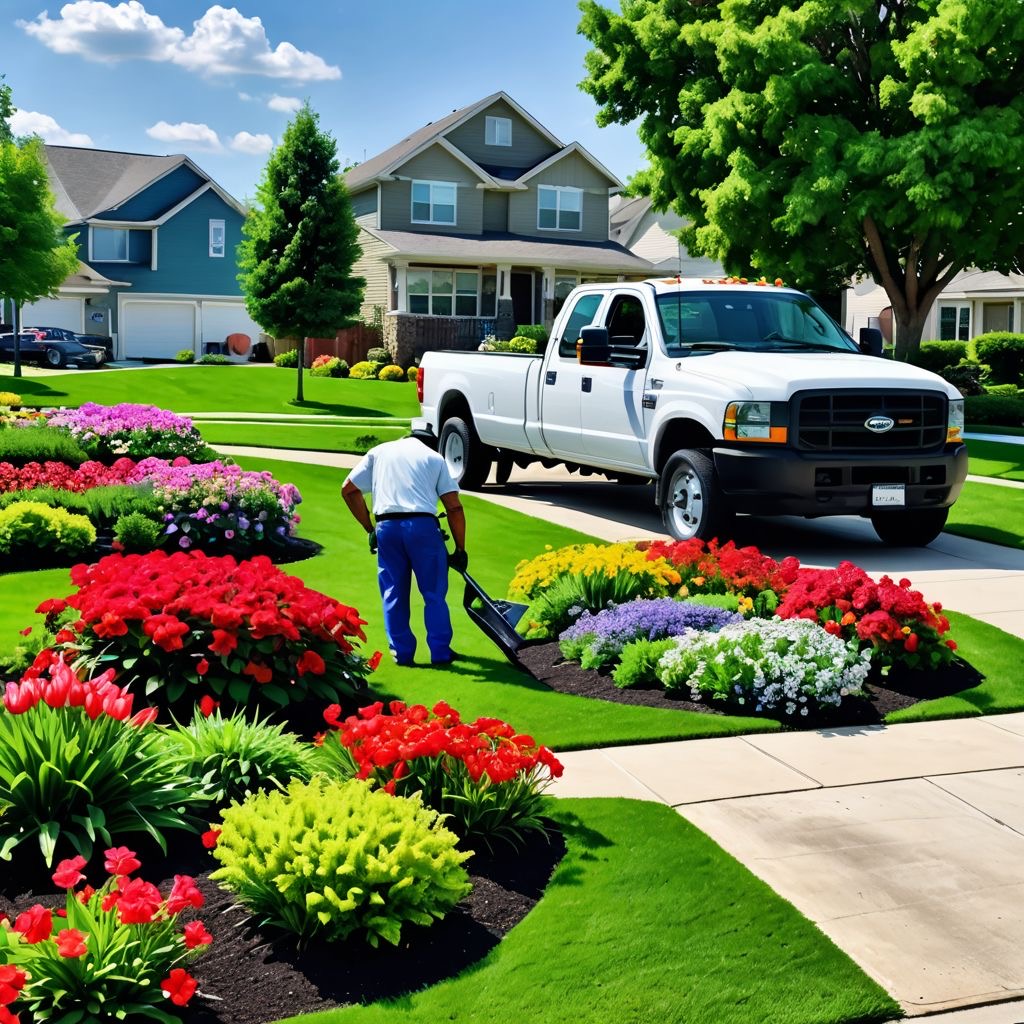
5.1 The Magic of Mulch
- Moisture Retention: Mulch helps keep the soil moist by shielding it from direct sunlight, reducing irrigation needs! This is particularly useful during dry spells when water conservation is critical.
- Weed Suppression: A thick layer of mulch provides a barrier to sunlight, preventing weed seeds from germinating. This way, you can spend less time wrestling with dandelions and more time enjoying your lush oasis!
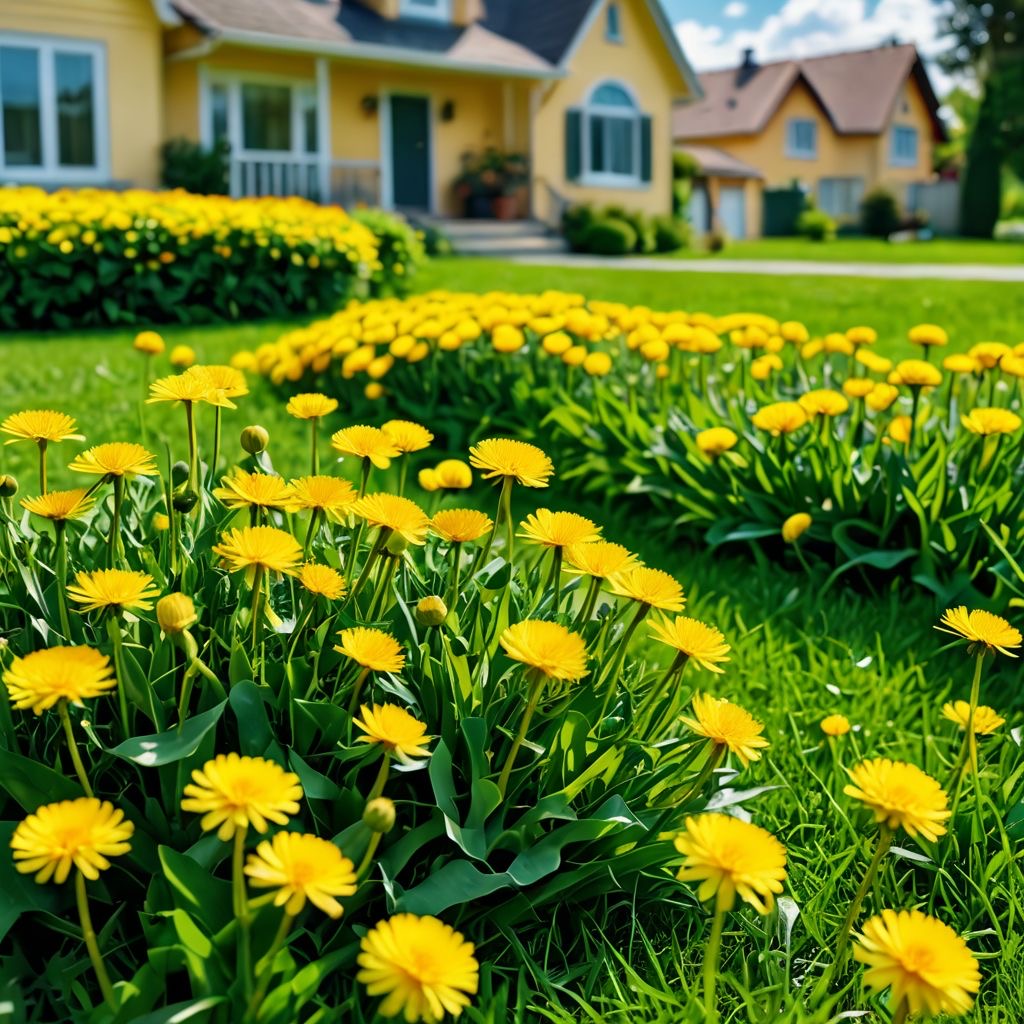
- Temperature Regulation: Mulch acts as an insulator, helping to maintain soil temperature, keeping the soil warm during colder months and cool during hotter ones.
5.2 Types of Mulch
- Organic Mulch: Includes materials like wood chips, straw, grass clippings, and shredded leaves. As they decompose, they add nutrients back into the soil, enriching it over time.
- Inorganic Mulch: Consists of materials like gravel or plastic. While they don’t enrich the soil, they can suppress weeds effectively.
How to Apply Mulch
1. Prepare the Area: Clear the existing weeds and debris from the garden bed or around plants.
2. Spread the Mulch: Apply a mulch layer about 2-4 inches deep. Be careful not to pile it directly against plant stems, which could lead to rot.
3. Maintain Regularly: Refresh the mulch as needed; organic mulch will gradually decompose and need to be replaced.
Ready to chat about your landscaping goals?

Reach out by call or text to: 204-229-9789 or click here to submit your information today to arrange a “no obligation” introductory phone call. We look forward to helping you transform your yard.
Tips on how to prepare for a consultation meeting with a landscape contractor
6. #5. Encourage Pollinators:
Now let’s buzz about the importance of pollinators. These critters are the tiny, yet mighty, forces behind much of what we eat. Your garden can be more than just a pretty space—it can also be a vital habitat for these wonderful creatures.
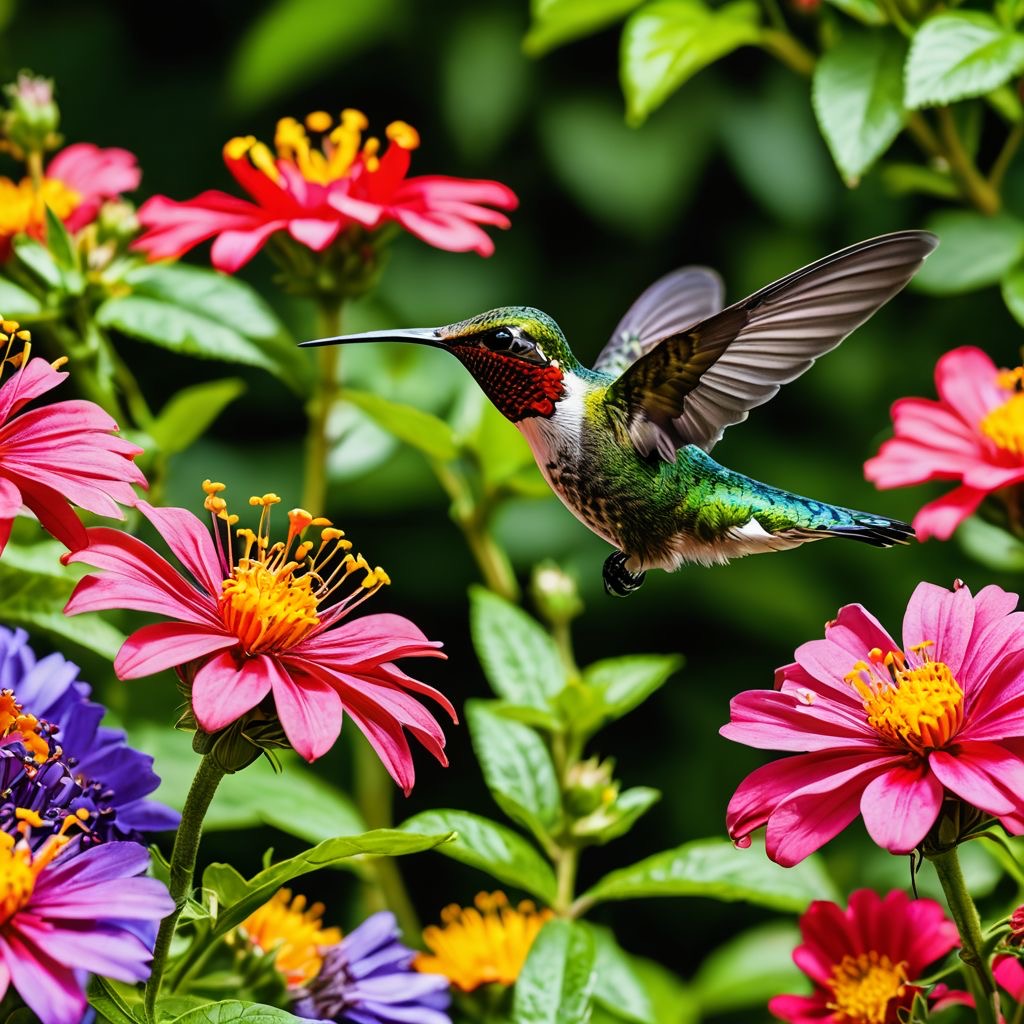
6.1 Why Are Pollinators Important?
- Biodiversity Support: Pollinators help many plant species reproduce by transferring pollen, thereby increasing the variety and resilience of local flora.
- Food Production: Most of the fruits, vegetables, and nuts we eat depend on pollination; without them, our food supply would be in serious jeopardy.

6.2 How to Attract Pollinators
1. Plant a Diverse Flower Garden: Include a variety of colors, shapes, and blooming times to attract various pollinators throughout the season. Flowers like lavender, daisies, and echinacea are great choices.
2. Create Bee Hotels: A bee hotel is a simple structure made of natural materials that provides nesting sites for solitary bees. These helpful insects don’t live in hives but instead create homes in small holes.
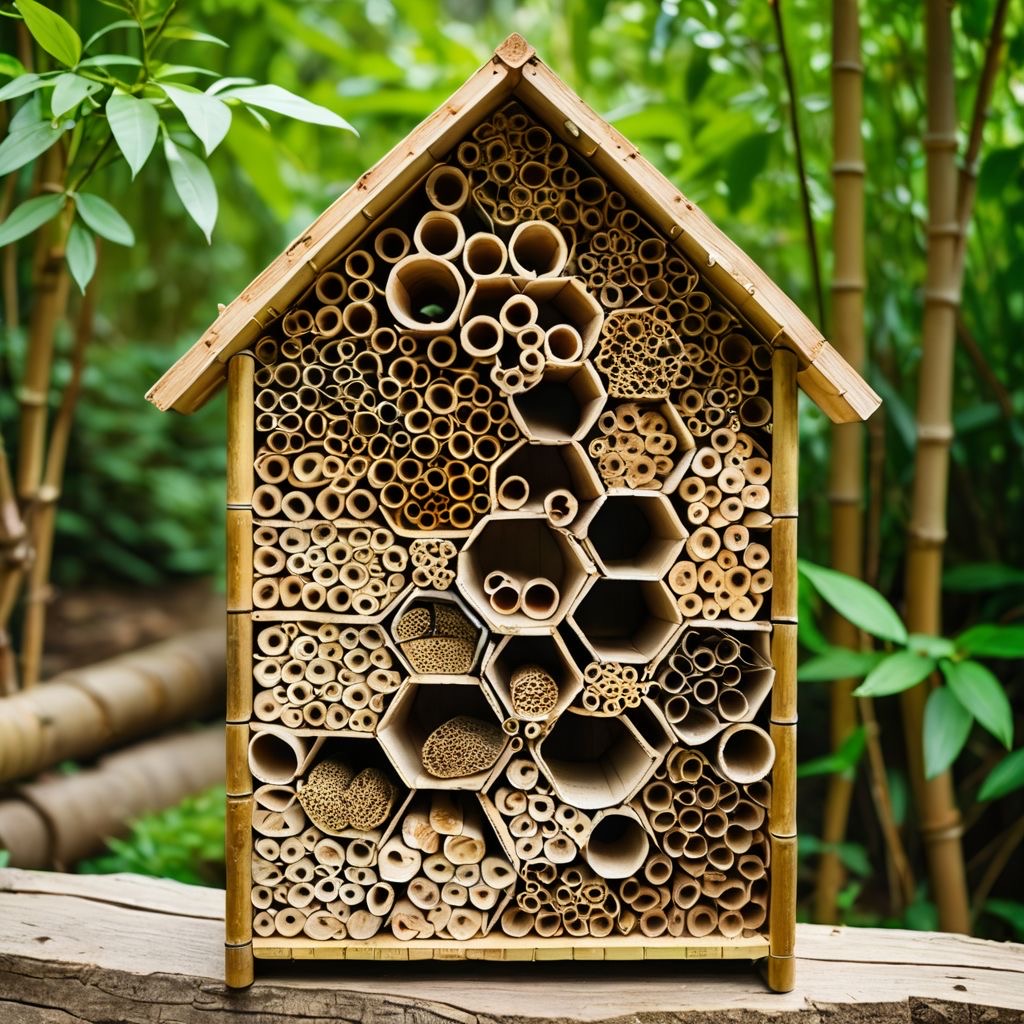
3. Avoid Neonicotinoids: These common pesticides are known to be harmful to pollinators. By choosing to avoid these chemicals (which are often found in common garden products), you’ll make your yard a sanctuary.
4. Provide Water Source: A small birdbath or shallow bowl with pebbles can give thirsty pollinators a place to drink without the risk of drowning.
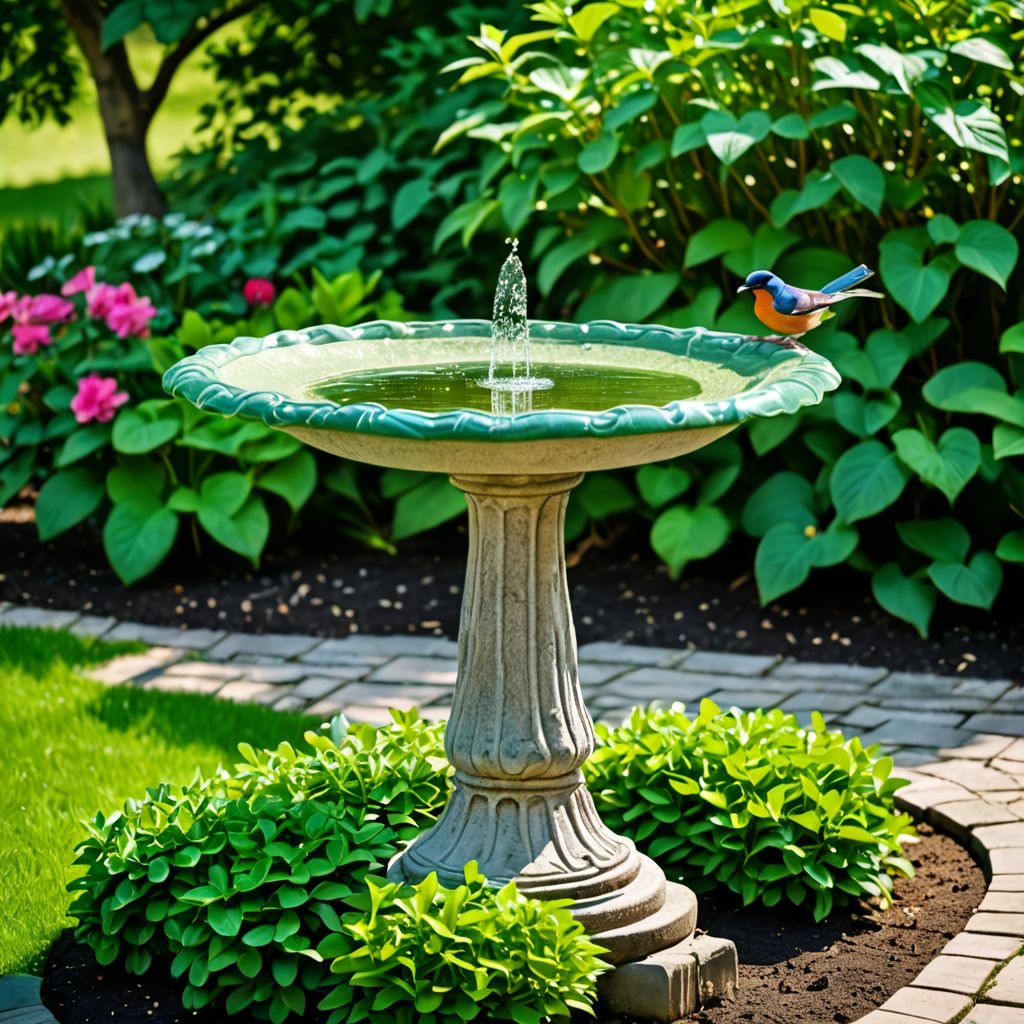
5. Create a Pollinator Garden Plan:
Be intentional in your planting choices by creating a schedule that encourages successive blooms throughout the growing season, ensuring there’s always food available.
Contact us today for your free estimate.
7. #6. Consider Rainwater Harvesting:
Incorporating rainwater harvesting is not just eco-friendly—it's smart. Imagine capturing the heavens' bounty in your backyard, transforming water into a vital resource for your plants and garden.
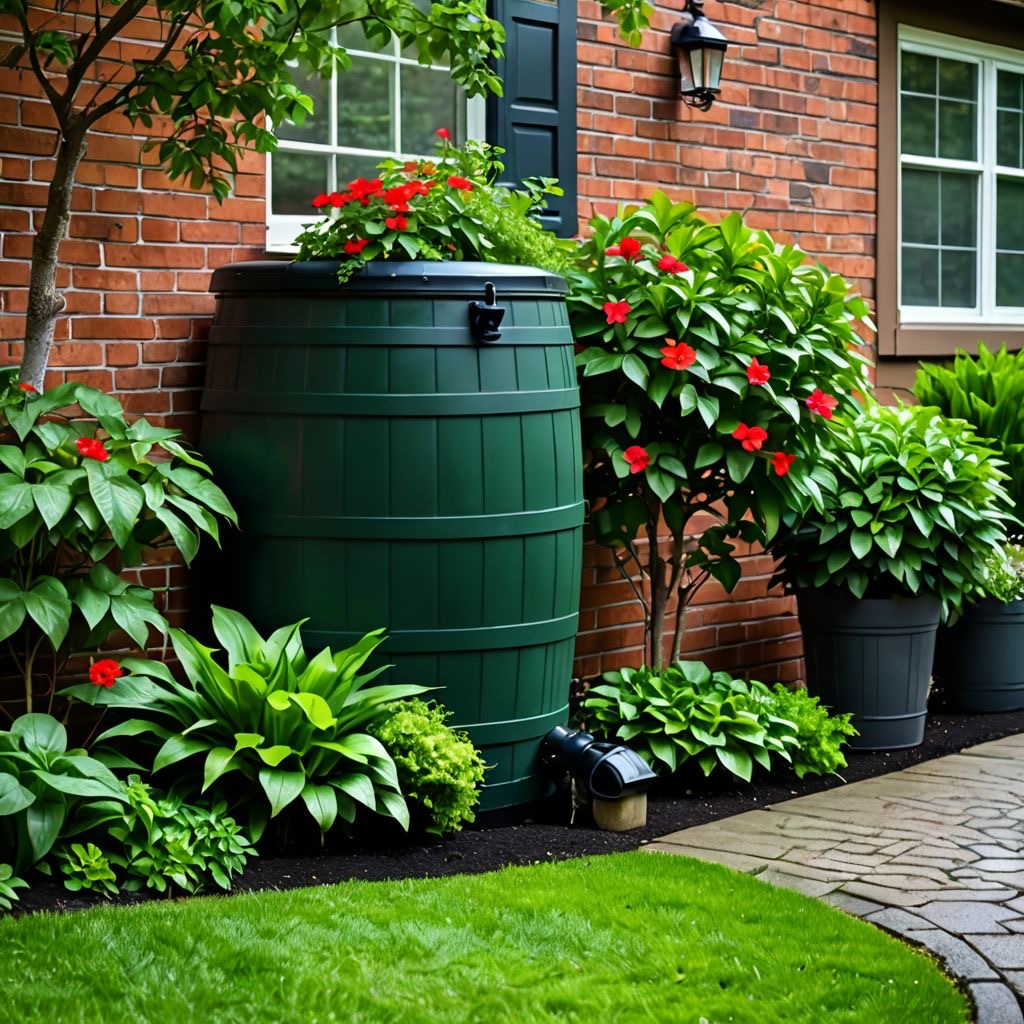
7.1 Why Harvest Rainwater?
- Free Water Source: By collecting rainwater, you’re securing a renewable water supply to irrigate your garden. That means lower water bills and less stress on municipal water systems.
-Environmental Benefits: Reducing stormwater runoff helps mitigate flooding and erosion while filtering the water before it enters streams and rivers. Your yard can become a critical component of water conservation efforts!
7.2 How to Harvest Rainwater
1. Install Rain Barrels: Look for rain barrels available at home improvement stores. Check for barrels made from food-safe materials. Attach them to your downspouts to catch rainwater as it flows off your roof.
2. Use a Filter: Ensure you use a fine mesh screen at the top of your rain barrel to prevent mosquito breeding and to keep debris out.
3. Create a Rain Garden: If you want to build on your system, consider establishing a rain garden—a built-in water management feature designed to direct runoff from hard surfaces to plants that thrive on excess water.
4. Irrigate Efficiently: Use harvested rainwater for your plants. Watering early in the morning or late in the day reduces evaporation and ensures your plants receive the most benefit.
5. Education and Resources: Connect with local gardening clubs or conservation groups. They can offer valuable insight into successful rainwater collection practices and what plants work best in your area, especially in Winnipeg.
8. #7 Aeration and Healthier Soil:
Healthy grass starts with a robust soil structure. Aeration is the process of perforating the soil with holes to allow air, water, and nutrients to penetrate down to the roots. Think of it as giving your lawn a refreshing deep breath!
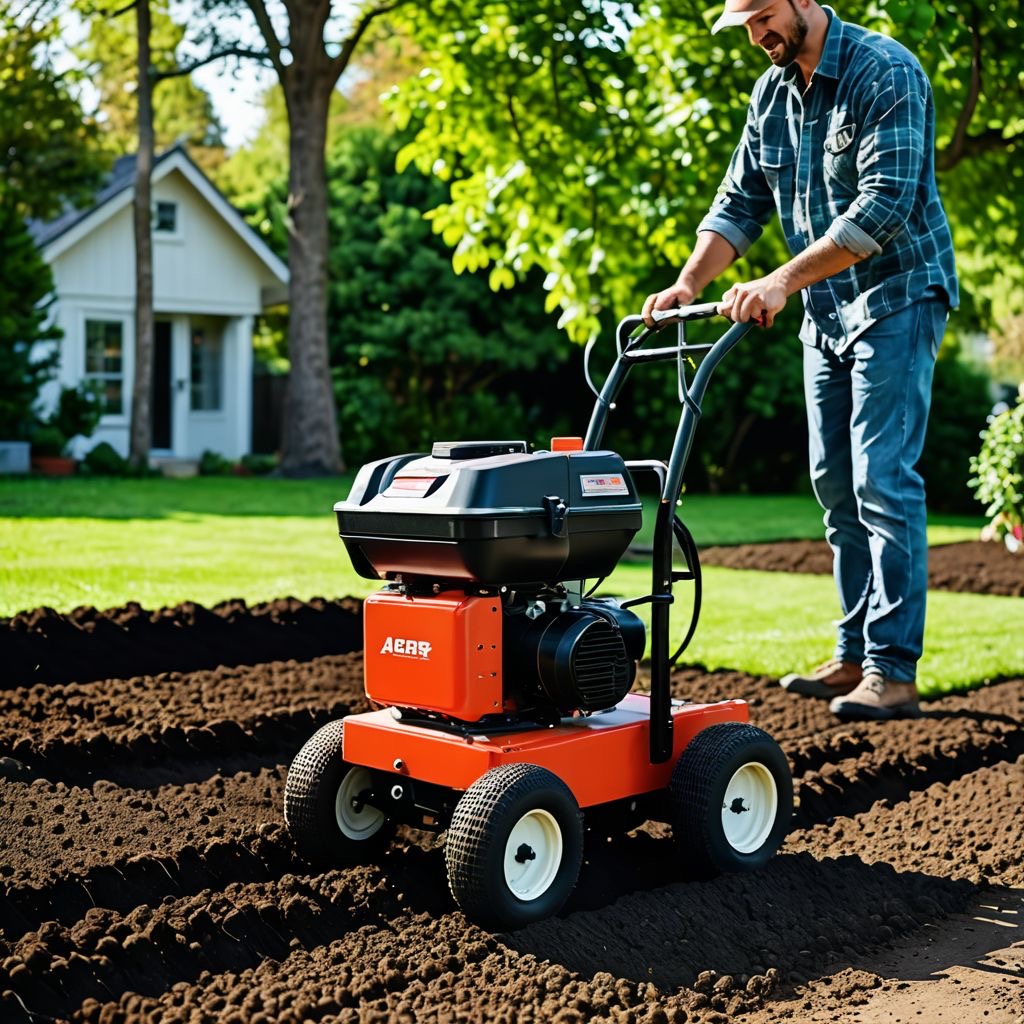
8.1 Benefits of Aeration
- Improved Nutrient Absorption: When soil is compacted, roots struggle to access the nutrients they need. Aeration reduces compaction and promotes better growth.
- Encourages Deep Root Growth: Easier access to nutrients and water means the roots can grow deeper, leading to a more resilient lawn.
8.2 How to Aerate Your Lawn
1. Choose the Right Time: Early spring or fall is the best time to aerate, as grass is actively growing and can recover quickly.
2. Use a Core Aerator: This machine pulls small plugs of soil out, leaving deeper holes for better penetration of air and nutrients. You can rent one from most home improvement stores or find local lawn care businesses that offer aeration services in Winnipeg.
3. Fertilize After Aeration: Consider applying a layer of topsoil and organic fertilizer after you aerate, allowing nutrients to directly reach the roots through the freshly created holes.
Creating healthy and vibrant Winnipeg landscapes with aerating & top-dressing
9. #8 Go for Natural Lawn Weed Control:
Say goodbye to harsh chemicals and hello to a more natural way of dealing with pesky weeds. While those unwanted visitors can be quite tenacious, tackling them naturally adds another layer of eco-friendliness to your lawn care.
9.1 Natural Weed Control Methods

- Hand-Pulling: This old-fashioned method is still effective. Taking some time during your weekly cleanup can yield visible results, giving you great satisfaction as you rid your lawn of unwanted guests.
- Boiling Water: For those stubborn weeds that refuse to die, a pot of boiling water poured directly on them can be quite effective. Just be careful to avoid splashing your desirable plants!
- Vinegar Spray: A natural herbicide made of vinegar can help you target pesky weeds. The acetic acid effectively dries out the leaves. Spray it on a sunny day for maximum effect, but remember, it may affect surrounding plants, so target weeds directly!
- Mulching: As we previously discussed, using mulch suppresses weed growth while adding nutrients to the soil. It’s a two-for-one deal that benefits your plants and minimizes competition.
9.2 Long-Term Strategies
- Healthy Lawn Maintenance: Maintain your lawn by keeping it healthy and thriving. A well-kept lawn will compete with weeds naturally—healthier grass can often choke out unwanted plants.
Contact us today for your free estimate.
- Lawn Mix Choices: Look for a grass seed mix that grows thicker over time and can crowd out weeds. Different mixtures have varying resilience to local weed challenges.
10. #9 Use Organic Lawn Fertilizers:
We’ve talked a lot about practices that promote lawn health, but let’s dive into what feeds those healthy plants:*organic lawn fertilizers. They’re your plants' best pals, and they work without the bizarre side effects of synthetic options.
10.1 Benefits of Organic Lawn Fertilizers
- Nutrient Diversity: Organic fertilizers provide a variety of nutrients, contributing to overall soil health and plant vigor. They feed the soil microbiome, promoting a balanced ecosystem where plants thrive.
- Reduced Chemical Exposure: By using organic products, you minimize the risk of chemical runoff contaminating local waterways. You contribute to a healthier community!
- Improved Soil Structure: Organic fertilizers improve soil texture and can increase its ability to retain moisture and nutrients, supporting stronger root systems.
10.2 Types of Organic Fertilizers
- Compost: As mentioned earlier, compost enriches your soil naturally, acting as a slow-release fertilizer packed with nutrients.
- Manure: Well-rotted animal manure adds valuable nutrients and organic matter but ensure it’s properly aged to avoid burning your plants.
- Fish Emulsion and Seaweed Extract: These nutrient-dense liquids provide essential minerals converted naturally, allowing plants to absorb them quickly.
10.3 How to Apply Organic Fertilizers
1. Timing is Key: Apply organic fertilizers during the growing season, typically in the spring and summer. You can even do a light feeding in the fall.
2. Follow Directions: Always follow application guidelines to avoid over-fertilizing. Organic does not mean “apply freely.” Excess can harm your plants and waterways alike.
3. Incorporate into Soil: Consider mixing the fertilizer into the top layer of your soil.
4. Monitor and Adjust: Assess your lawn’s health throughout the season. If it appears to be lacking in certain areas, adjust your fertilization strategy accordingly.
11. #10 Optimize Lawn Maintenance:

Finally, let’s discuss the importance of optimizing lawn maintenance to enhance your yard’s eco-friendliness. No one wants to spend their weekends sweating over a lawn that seems to require endless attention!
Contact us today for your free estimate.
11.1 Tips for Sustainable Lawn Maintenance
- Mow High: Set your mower height to at least three inches. Longer grass keeps the soil shaded and reduces evaporation, promoting deeper root growth and overall health.
- Grass cycling: Leave grass clippings on your lawn after mowing to recycle nutrients back into the soil. They’re like natural fertilizer that doesn’t cost a dime!
- Water Wisely: If you do need to water your lawn, do it early in the morning or late in the evening to maximize absorption. Avoid watering on windy days when evaporation can reduce effectiveness.
- Healthy Planting: When planting new grass or plants, choose species that are resilient to local weather patterns. This reduces your need for watering and fertilizers.
11.2 Finding Quality Services
Look for residential lawn maintenance services in Winnipeg that prioritize sustainability. Many local lawn care companies now emphasize eco-friendly practices like using natural fertilizers, and organic pest control methods. The right partnership can help you maintain an eco-conscious yard without all the labor.
12 Conclusion:
As we wrap up, it’s clear that transforming your yard into an environmentally friendly haven does not have to be an overwhelming task. From embracing native plants and composting to encouraging pollinators and optimizing lawn maintenance, each step you take in reshaping your outdoor space contributes to a larger goal: a healthier planet.
Deciding to cultivate an eco-friendly yard is not just about watching plants grow; it’s about understanding our interconnectedness with nature. Your yard can become a vital component in promoting biodiversity, supporting wildlife, and fostering healthy soil ecosystems.
Let these practices become part of your lifestyle, not just a checklist you gauge against. Every little effort counts, and through these practices, you’ll cultivate not only a beautiful garden but also a deeper connection to the environment.

So arm yourself with the knowledge, tap into local resources in Winnipeg, connect with other gardening enthusiasts, and dive headlong into this rewarding endeavor. Together, we can make significant strides toward a sustainable future, one yard—your yard—at a time. Now, go out there, grab your gardening tools, and let’s get to work creating landscapes that are not only beautiful but also beneficial to our beloved planet!
Contact us today for your free estimate.
Don't miss out! Click here to subscribe today and get the latest blog posts delivered straight to your inbox.



